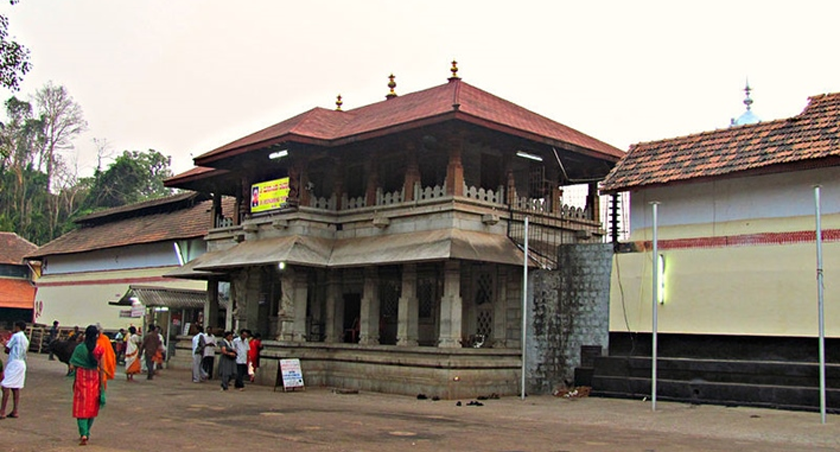March 27, 2024
The Story Behind Kollur Mookambika Temple's Name


Jyothis residency
NO - 27/5, Beside Sri
Mookambika Temple, Kollur,
Udupi Dist, Karnataka
The Mookambika Temple holds a special place in the hearts of thousands of devotees who traverse the length and breadth of the country to seek solace and blessings within its hallowed premises. The temple's significance is not limited to its geographical location; it extends to the deep-rooted historical and cultural context that defines its identity.
The history of the Kollur Mookambika Temple is a captivating narrative that unfolds through the annals of time. Each stone and sculpture within its sanctum sanctorum holds echoes of ancient tales and legends, contributing to the divine aura that envelops the temple. As pilgrims step onto the sacred grounds, they are transported into a realm where spirituality intertwines with history, creating an immersive experience that transcends the ordinary.
How Did Kollur Mookambika Temple Get Its Name?
The name "Mookambika" itself holds profound significance, with a translation that signifies the goddess as the silent or mute mother. To truly understand how the Kollur Mookambika Temple acquired this name, we delve into the realms of Hindu mythology.
Legend has it that the revered sage Adi Shankaracharya, a stalwart proponent of Advaita Vedanta, was drawn to the pristine beauty of the Western Ghats in Karnataka. Guided by a divine calling, he embarked on a pilgrimage to Kollur, where he sought the divine presence of Goddess Mookambika. It is said that the goddess, impressed by the sage's devotion and sincerity, manifested herself before him.
During this celestial encounter, Adi Shankaracharya expressed his desire for the goddess to accompany him to Kerala. The goddess, in her benevolence, agreed but laid forth a condition. She would follow him only if he refrained from turning back to look at her until they reached their destination. The sage agreed, and the journey commenced.
As Adi Shankaracharya and the goddess traversed the lush landscapes, the sage was encompassed by the divine energy of Mookambika. Yet, as they neared the Chandragiri Hills, the silence from behind caused Adi Shankaracharya some concern. Unable to contain his curiosity, he turned back, and in that moment, the goddess transformed into a swayambhu (self-manifested) idol on the spot
It is this auspicious spot where the Kollur Mookambika Temple stands today. The goddess, now enshrined in her divine glory, is venerated as Mookambika – the silent mother who, in her divine play, chose to stay in Kollur. The name encapsulates the sacredness of the goddess's silent journey with Adi Shankaracharya, marking the spot where she chose to remain, forever accessible to her devotees.
The epithet "Mookambika" symbolizes not only the goddess's silence during the journey but also the profound wisdom and grace she bestows upon her devotees. Pilgrims who visit the Kollur Mookambika Temple are immersed in the divine aura of the silent mother, seeking solace, guidance, and blessings in their spiritual pursuits.
The name "Mookambika" is not just a label; it is a testament to the divine play that unfolded between a devoted sage and a goddess. As pilgrims continue to throng the sacred precincts of the Kollur Mookambika Temple, they carry with them the legacy of this mythical journey, forever resonating with the silent yet powerful presence of Mookambika – the timeless mother of grace.